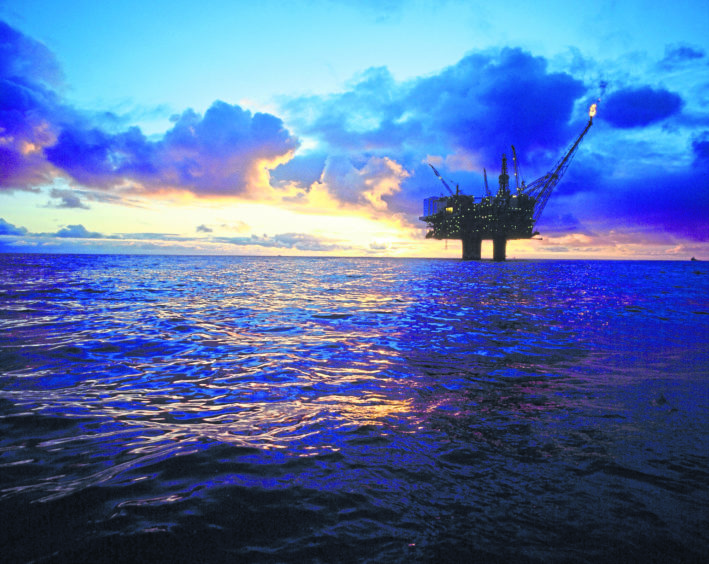
Westwood Global Energy reports that there were three active exploration wells at the time of writing(April 30).
In April, three exploration well programmes completed and two exploration well programme spudded. Based on the classification of the initial well, 16 exploration and two appraisal well programmes have completed to date in 2019.
North Sea
Equinor completed the 25/6-6 S Pabow well on April 22, having targeted 420 – 1,200 bcf gas in the Lower Jurassic Statfjord Group and Middle Jurassic Hugin Formation.
The Statfjord Group reservoir was of moderate to good quality and the Hugin Formation reservoir was of good quality, however, both intervals were dry.
Aker BP completed well 24/9-15 S, the initial exploration leg of the Froskelår NE well programme, on April 18. The well targeted 7 – 23 mmboe (mid-point 15 mmboe) in the same Eocene Hordaland Group sand injectite complex as the 24/9-12 S Frosk discovery made in 2018.
The sidetrack appraisal well 24/9-15 A, which was meant to be appraising the Frosk discovery, kicked off on April 19 and completed on April 24. The sidetrack was planned to include a DST to assess the producibility of the reservoir, so this is unlikely to have occurred based on the duration of
the well.
Lundin’s 16/1-31 S well spudded on March 10, targeting the Triassic Jorvik prospect. Upon completion, a sidetrack well will deviate north to target the Basement Tellus Øst prospect. Both prospects are within the Greater Edvard Grieg area and have a combined pre-drill resource estimate of 23 mmboe.
MOL spudded the Vinstra/Otta well on April 17, with the initial
well 3/7-11 S targeting Vinstra Vest and sidetrack well 3/7-11 B targeting Vinstra Øst.
The Vinstra structure is a four-way dip closure in the Permian Rotliegend Group with hydrocarbon fill expected to be oil. The 3/7-11 A Otta sidetrack will
target gas condensate in the Middle Jurassic Bryne and Sandnes Formations. The combined resource estimate for Otta and Vinstra is 555 mmboe.
Norwegian Sea
Equinor’s 6507/3-13 Snadd Outer Outer well spudded on April 27 and is targeting the Upper Cretaceous Lysing Formation and Upper to Lower Cretaceous Lange Formation, the deeper horizons being the Black Vulture prospect. No pre-drill resource estimates have been made available by the JV partners. A further eight exploration wells and one appraisal well are planned for the Norwegian Sea in 2019.
Barents Sea
Equinor’s 7132/2-2 Gjøkåsen Deep well was completed as dry on April 7. The well was batch spudded with Gjøkåsen Shallow well 7132/2-1, which completed as dry on February 9.
The Gjøkåsen Deep well encountered moderate to good quality reservoir in the Snadd Formation, poor to moderate quality reservoir in the Middle to Lower Triassic Kobbe Formation and poor quality reservoir in the Lower Triassic upper Havert and Klappmyss Formations.
Very poor reservoir quality was observed in the lower Havert Formation. High gas readings led to a deepening of the well to evaluate the presence of source rock and reservoir potential in the underlying Lower Triassic and Upper Permian Ørret and Røye Formations, however, no reservoir was encountered at
these levels.
Recommended for you
